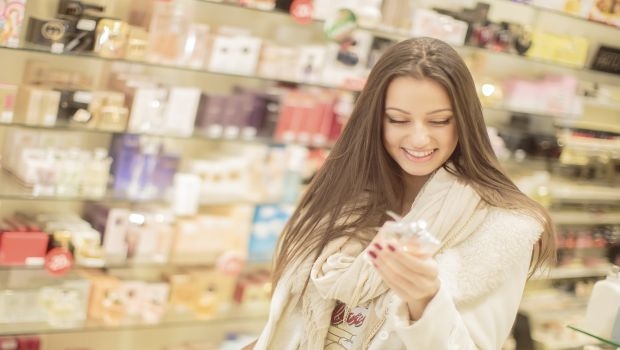Beauty consumers make up a unique sector of the natural products industry, and their preferences seem to be constantly changing. In this INSIDER Q&A, Vivienne Rudd, Mintel’s director of global innovation and insight, beauty and personal care, discusses the hottest trends in the global beauty sector, from emerging ingredients to current consumer preferences.

Beauty consumers make up a unique sector of the natural products industry, and their preferences seem to be constantly changing. Not to mention, consumers in Asia and Europe may have vastly different needs compared to U.S. consumers. In this INSIDER Q&A, Vivienne Rudd, Mintel’s director of global innovation and insight, beauty and personal care, discusses the hottest trends in the global beauty sector, from emerging ingredients to current consumer preferences.
INSIDER: How would you describe ‘the new beauty consumer?’
Rudd: Beauty consumers are becoming increasingly flexible in their approaches to beauty. This is most visible in their skin care, makeup and haircare routines, where they will pick and choose their products according to their daily needs.
The growing number of people working from home or choosing flexible working hours is having an impact on this behavior. Seventeen percent of UK female facial skincare users, for example, use different products if they're staying at home compared to if they're going out, and 49 percent of Spanish women like to choose from a range of facial skincare products rather than use the same products every day. For some women, this means stripping back their routine to the basics, whereas for others, the sense of privacy and time saved on commuting allows them to apply additional products, such as face masks and hair treatments. They have a similar pick-and-mix approach to the type of products they choose, opting for cheaper basics to free up money to splash on more technical products, such as moisturizers, anti-ageing treatments, hair treatments and foundations.
The vast amount of beauty information and advice available on social media has made consumers more knowledgeable and engaged with their beauty products, challenging brands to justify their products and build a faster innovation process to satisfy the demand for novelty.
INSIDER: Can you discuss some of the trends hitting the beauty market in various regions?
Rudd:The key trends for all areas of the beauty industry are the demand for an element of personalization, multi-tasking beauty and wellness. In the coming years, we will see beauty brands reposition themselves on a lifestyle platform, integrating the idea of wellness throughout their formulation and marketing programs to treat the concerns of men and women on a more holistic basis. This will involve the incorporation of diet, exercise, mental and emotional well-being, and protection from pollution and environmental aggressors, and naturals will take a lead in this repositioning.
INSIDER: What are the drivers behind these trends?
Rudd: The drivers for all of these trends is the sense that life is tougher, faster and more mentally and physically taxing than ever before. Anything that can help consumers to navigate their daily challenges, save time, provide a little TLC, protect and repair their skin and hair, and disguise anything that can't be repaired, receives an enthusiastic response.
INSIDER: Which natural ingredients are trending in the beauty category and why?
Rudd: Oils are continuing their popularity, fueled by the rise in face, body and hair oils, while antioxidants that protect against pollution and aging are still enormously popular. Vitamins also continue to play a strong part in beauty launches, partly in the form of fruit extracts, but also in the form of super veggies such as kale.
INSIDER: Do you have any predictions for emerging ingredients in this sector?
Rudd: New super concentrated fruit powders and ancient grains will emerge in the skin and haircare arenas, along with plant waters such as birch and maple. Different water sources are making a return, too, which will continue in the future.
INSIDER: Is there anything else you’d like to add to describe current beauty trends in specific regions or worldwide?
Rudd: For the last few years, Asia has been the inspiration for a number of beauty trends, starting with BB creams and moving into sleeping masks and sheet masks. The interesting thing is that while Korean and Japanese women are famous for the number of products that they use in their daily routine, a significant number are actually stripping back their routine to a more manageable and affordable six or so products, which still sounds like a lot to Westerners. This is prompting some brands in the region to create super multitasking products, which can be added to the skincare routine as boosters, to be used on their own, added to other products for extra power, or as substitutes for two or more products. Once again, it all comes down to the desire for a personalized routine that suits the day ahead.
Another key trend is the manipulation of textures to provide sensorial back-up to product efficacy. This includes products that instantly lower the temperature of the skin, which have droplets of water or gel to denote more hydration, or which transform texture of color to indicate that they have started to work. This started with skincare but is already moving into makeup and haircare, and we will see more of the same in the coming year.
Mintel experts will offer additional beauty insights at in-cosmetics Asia in November.
About the Author(s)
You May Also Like




.png?width=800&auto=webp&quality=80&disable=upscale)